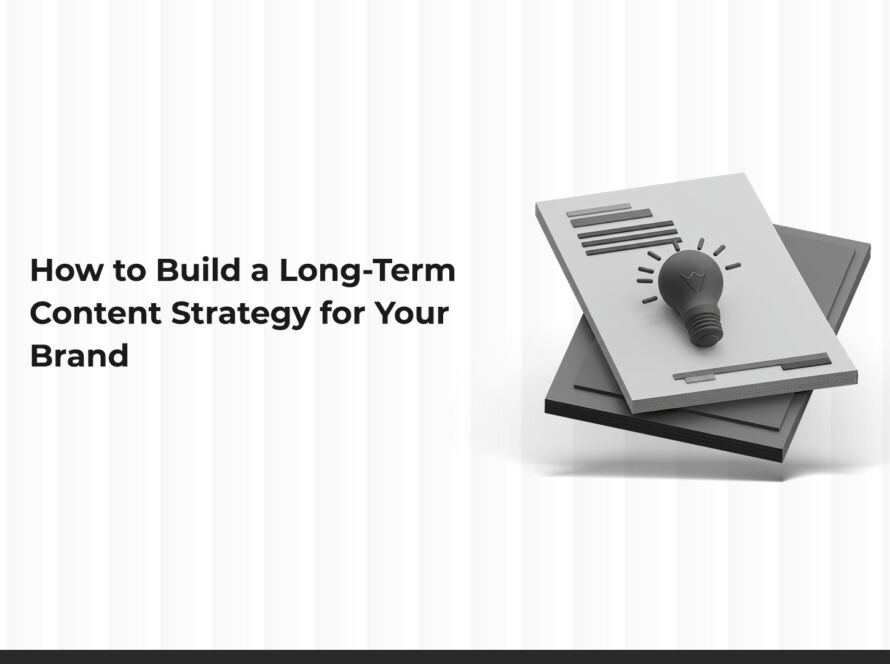In today’s digital era, website speed is no longer just a technical advantage—it’s a crucial necessity for any website aiming to succeed and achieve its commercial goals. Website speed optimization is a decisive factor in increasing user engagement and boosting sales, thanks to its direct impact on user experience and the effectiveness of interactive websites in attracting and retaining visitors.
In this article, we’ll explore the importance of optimizing website speed, how it accelerates load times, and how it enhances the user experience through best practices in SEO.
1. The Importance of Website
Speed in the Digital Age
Website speed is one of the most critical benchmarks for the success of any website. Studies show that users tend to abandon websites within just a few seconds if the load time is slow, which results in missed business opportunities and a negative impact on brand reputation. Therefore, website speed optimization isn’t just a technical issue—it’s a marketing strategy that contributes to increased conversions and sales.
2. The Impact of Website
Speed on User Experience and SEO
User Experience
User experience is one of the key factors influencing whether a visitor stays on a website or leaves. When a site loads quickly, users feel satisfied and trust the quality of the services provided. On the contrary, slow loading times frustrate users and drive them to look for faster alternatives. Thus, improving website speed is vital to offering a smooth, fast browsing experience.
A better user experience also lowers bounce rates, which means visitors spend more time on the site—providing more opportunities to engage and convert them into loyal customers. This highlights the importance of fast load times in boosting user engagement and increasing conversions and sales.
Search Engine Optimization (SEO)
Website speed affects not only the user experience but also search engine rankings. Loading speed plays a significant role in search engine algorithms, such as Google’s, directly influencing where a website ranks in search results. Faster websites have a better chance of achieving higher rankings, which increases organic traffic and improves the chances of conversions and interactions.
SEO plays a central role in improving a website’s visibility online. By implementing effective website speed optimization strategies, interactive websites can achieve top performance in search rankings, supporting business goals and enhancing brand trust. Incorporating keywords such as “website speed optimization,” “faster website loading,” and “SEO improvement” in content strengthens this strategy and makes websites more visible to users seeking a fast, efficient browsing experience.
3. Technical Challenges and Solutions
for Website Speed Optimization
Many websites face technical issues that affect loading speed, such as large images and videos, unoptimized code, or weak hosting services. To overcome these challenges, developers need to adopt technical solutions that improve performance and accelerate site speed.
A. Optimize Images and Videos
Reducing file size without compromising quality is one of the most important steps in improving website speed. Tools like ImageOptim or TinyPNG can compress images before uploading. Also, using modern formats like WebP can significantly reduce file sizes, leading to faster load times and a better user experience.
B. Use Content Delivery Networks (CDNs)
CDNs play a vital role in accelerating website speed, especially for global audiences. These networks distribute content across multiple servers worldwide, reducing load time for users near those servers. This significantly improves site speed and offers a smoother user experience.
C. Minify and Streamline Code
Reducing code size and using modern coding practices can greatly speed up load times. This includes merging CSS and JavaScript files and limiting unnecessary plugins. Optimizing code improves performance and enhances website responsiveness.
D. Choose Strong and Reliable Hosting
Hosting services are a major factor in site performance. Businesses should opt for high-quality hosting that ensures uptime and high load speeds. Investing in robust hosting improves site speed, enhances user experience, and boosts engagement and sales.
4. Strategies to Improve Website Speed for Better Engagement and Sales
To maximize the benefits of website speed optimization, it’s essential to follow a holistic strategy that includes ongoing performance analysis and regular tech updates. Key strategies include:
A. Regular Performance Monitoring
Web administrators should use tools like Google PageSpeed Insights and GTmetrix to monitor website speed and identify weaknesses. Ongoing data analysis allows for continuous improvements and prevention of technical issues that may harm the user experience.
B. Enhance User Experience with Responsive Design
User experience is central to website speed. Sites should be responsive across all devices—desktops, tablets, and smartphones. Responsive design ensures faster loading and a browsing experience that meets modern user expectations.
C. Implement Caching Technologies
Caching is one of the best ways to accelerate site loading. By storing versions of pages and data, content loads faster on repeat visits. This improves user experience and reduces server load, enhancing overall site speed.
D. Invest in Interactive Website Development
Interactive websites offering dynamic, constantly updated content require modern technologies to maintain optimal performance. Building high-performance interactive sites encourages user engagement, drives sales, and strengthens customer relationships.
5. The Economic Benefits of
Website Speed Optimization
Website speed optimization is not just technical enhancement—it has tangible economic benefits. A fast, efficient site significantly boosts conversion rates and sales. Key benefits include:
- Increased Conversions: Fast websites provide smooth browsing, encouraging users to complete purchases.
- Reduced Operational Costs: Investing in speed reduces the need for frequent tech support and fixes.
- Enhanced Brand Reputation: Fast, reliable websites reflect a professional image, boosting customer trust.
- Increased Organic Traffic: Speed optimization improves SEO, attracting a wider audience organically.
Real-World Examples
and Business Testimonials
Many companies that have adopted website speed optimization strategies have seen measurable results in increased sales and user engagement. For example, one company that implemented caching and file compression saw a significant drop in bounce rates and a conversion rate increase of over 20%. Customer testimonials also reflect higher satisfaction and trust in the services provided, improving brand-customer relationships.
Major e-commerce companies depend heavily on speed optimization for top performance. They continuously work to improve website speed in response to tech changes, ensuring a seamless user experience. The success of such strategies confirms that speed optimization is not just about technology—it’s a vital component in achieving business objectives.
Website speed optimization is a smart, long-term investment with major returns. It’s not just a technical fix—it’s a comprehensive strategy to boost engagement, increase sales, and ensure success in a highly competitive digital market.
Prioritizing faster load times and superior user experience is key to standing out online. Continuous efforts to optimize website speed build user trust, enhance brand credibility, and ultimately drive revenue. In a crowded digital space, speed optimization is an essential step toward building a loyal customer base and ensuring sustainable commercial success.



